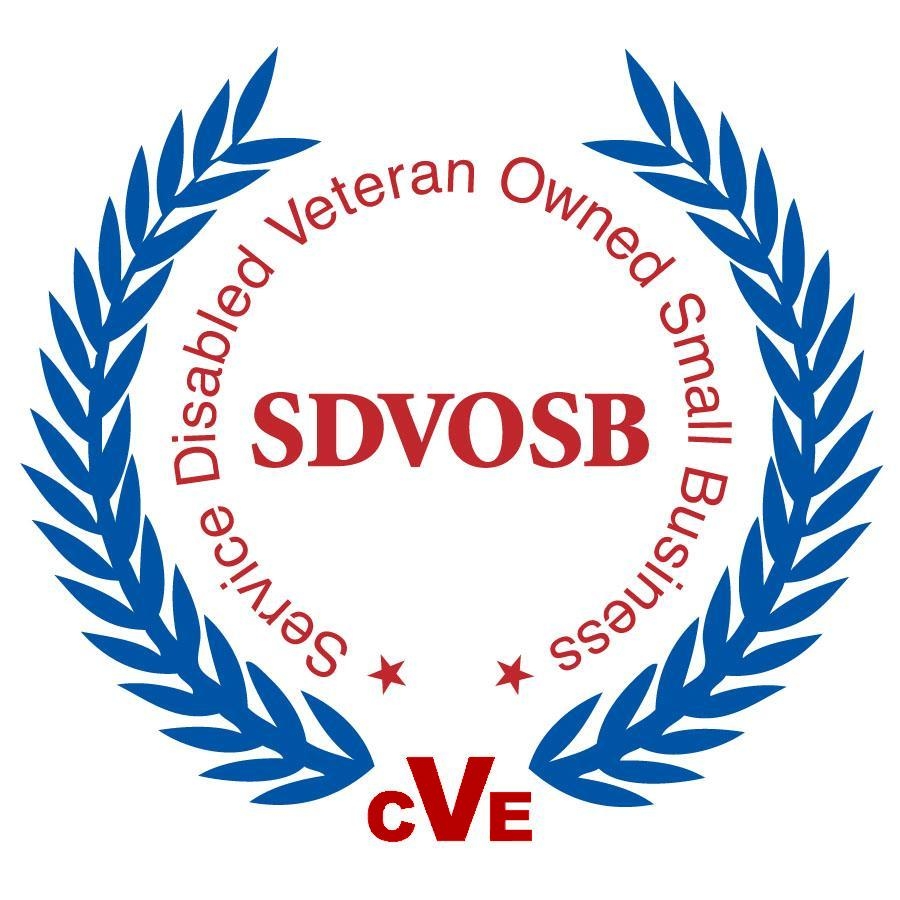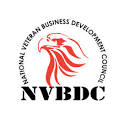Weebly vs WordPress – TOP Website Builders
Weebly vs WordPress – TOP Website Builders
Weebly comes closest to WP in terms of price competitiveness: along with its $8 per month plans, this website builder provides the most trade-off that is sensible cost and quality. The possibility to change templates after adding content to a web page can also be an attribute which allows Weebly to compete successfully using the fee CMS giant. What really sets Weebly apart, though, is its e-commerce capabilities, which allow turning it into a fully functional web store in a matter of minutes – while WordPress will require you to definitely install several additional plugins, make sure your chosen WP theme is compatible with those plugins, and then spend some more time setting everything up.
Squarespace vs WordPress
Any time: in order to get a theme that is at least closely as good-looking as Squarespace, you will need to turn to the premium WP theme markets – the free themes just won’t cut it for the lovers of sleek design, Squarespace is the solution that trumps WP. And a theme that is premium cost you anywhere from $30 to $80 – and you’ll still want to pay money for the hosting. However, it should be noted that WP themes are receiving better, and also as more and more designers take curiosity about the working platform, the general visual standards are rising steadily, even for the free WordPres themes; and, given the fact that even a premium theme is a one-off payment, Squarespace may need to up its game if it would like to stay competitive in the foreseeable future.
Another aspect where the community vs organization philosophy is very easily noticeable is user support: while in Wix or Weebly you can easily approach the support team directly and expect a quick and answer that is preciseafter all, you’re investing in this product), in case of WordPress you may be left with public forums where users as you answer each other’s questions – which obviously is less efficient when solving specific and time-sensitive issues. Put differently, while WordPress has a vast knowledge base in the shape of Q/A forum threads, your questions get answered by other users – who will be obviously less motivated to greatly help or reply faster.
What Type If You Choose?
As we’ve seen above, each of the website builders has both stronger and weaker sides, and is able to carve a niche out available on the market for itself as a result of specific features that appeal to certain user groups. This can be therefore also a great starting point for deciding which site builder will best meet your requirements: if you’re to locate a quick test of the idea and don’t care if the internet site will display ads, Weebly is the recommended solution – it permits you to use the internet very rapidly and change templates at the click of a button. If you have a really design that is specific mind and would like granular control over every visual section of the internet site, go with Wix. If you’d want to start designing your website from a canvas that is blank Wix is again your go-to solution. If you’re likely to sell products online, then Weebly might offer some of the best mix of pricing and features.
The Best Free Website Builder
Since all of the site builders we’ve discussed in this guide have free versions, one might raise a logical question: which of them is the tool that is best for creating a free of charge website?
It must be noted straight away as you see traction, you can always upgrade to a more comprehensive plan with no ads and more features that you won’t be able to avoid ads or choose your own domain using any of the free plans, making such a website only a temporary option for any online project with serious intentions – yet as a proof of concept this might be indispensable; later on.
Moreover, since site builders like Squarespace and GoCentral do not offer permanently free versions (instead, they have free trials which expire after a set period), they will not be viewed for the title of the best free website builder. The candidates will thus include: Wix, Weebly, and Jimdo.
| Permanently free version | yes | yes | yes |
| for sale in free version: | |||
| Visitor statistics | no | yes | no |
| e-mail marketing tools | no | yes | no |
| Bandwidth limit | 1 Gb | – | 2 Gb |
| Online store | no | no | yes |
Based on the availability of various features within the free version, Weebly is definitely the most flexible and feature-rich free website builder: unlike Wix and Jimdo, it doesn’t hide such useful items as visitor statistics and marketing with email behind the paywall, while also imposing no limitations in the incoming bandwidth (Wix, for instance, has a 1 Gb ceiling in the free plan).
Jimdo deserves an honorable mention as well, though, as a runner-up within our challenge – its 2 Gb traffic cap is quite enough for some new websites, together with online e-commerce capabilities in the free version are unique among other site builders.
The Simplest Website Builder
Creating a webpage might be a lot easier task nowadays, thanks to the existence regarding the website building toolkits we’ve analysed in this review, yet user friendliness continues to be a significant factor in how quickly you can master a particular site tool that is building. When dealing with simplicity of use, it really is worth taking a look at several broad areas: the process that is onboardingi.e. creating a free account and finding relevant info on the state website), the account admin panel, plus the builder interface itself.
Every major website builder’s homepage is quite well optimized: there’s a navigation menu with all necessary items such as pricing and features, as well as clearly distinguishable registration buttons on every page in terms of first-user experience. Clicking on the latter opens a sign-up form which has to be filled out; Jimdo may be worth mentioning while the site builder obtaining the simplest one (2 fields, while e.g. Weebly has 3 and Wix has 4, and Squarespace has 5).
Are you aware that admin panel together with real-time website constructor, Jimdo doesn’t fare as well, though – the inner admin navigation is commonly either hidden or layered, as the editor tends to over-simplify things, hiding the maximum amount of functionality as you possibly can behind hovers and clicks. The leader that is real these areas is Wix, that provides a logically organized and navigable admin panel, along with a truly visual site editor with convenient settings overlays for every single element and a bunch of quick links from the left side of the screen.











